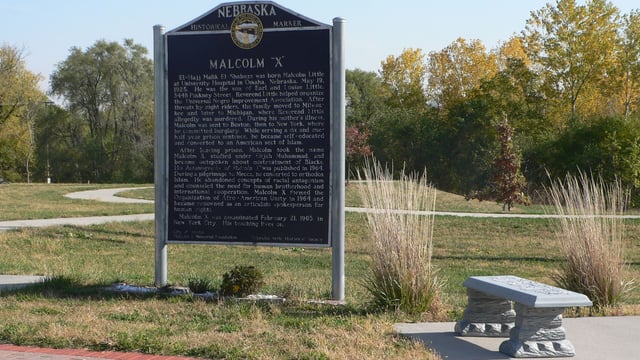Civil Rights Movement Sites, Landmarks & Museums
Civil Rights Movement Landmarks & Museums in the US
African American Museum of Iowa
The African American Museum of Iowa in Cedar Rapids showcases the heritage of black Americans living in the Hawkeye State. The museum was established in 1994 and opened at its purpose-built premises in 2003, although was heavily damaged in a 2008 flood. Topics covered include the period of enslavement, the Underground Railroad, the Civil War, and the Civil Rights Movement. Various special events and temporary exhibits take place throughout the year.

Center for Civil and Human Rights, Atlanta
Based in Atlanta, the Center for Civil and Human Rights focuses attention on the African American civil rights movement of the 1960s and uses it to draw attention to other, contemporary civil rights issues around the world today. Opened in 2014, the museum is home to a range of artefacts once belonging to the civil rights leader Martin Luther King Jr. and devotes attention to telling the story of this Atlanta native.

Dexter Parsonage Museum
Martin Luther King Jr was the foremost figure in the African American Civil Rights Movement during the 1950s and 1960s. The Dexter Parsonage Museum in Montgomery is the home in which he lived between 1954 – 1960. Erected in 1912, the parsonage housed successive parsons of the Dexter Avenue King Memorial Baptist Church from 1920 through to 1992. The King-Johns Garden for Reflection is behind the building.

Malcolm X Birthplace
Malcolm X was the foremost figure in the Black Power movement of the 1960s. The movement’s argument was that the civil rights campaign had failed and that African-Americans needed a more militant approach to tackling discrimination. Born in the University Hospital in Omaha, the first house he lived in is now memorialised with a plaque as the house was torn down by subsequent owners. An adjacent visitor’s centre has been established by the Malcolm X Memorial Foundation, which owns the land and is responsible for its preservation.

National Civil Rights Museum
Housed in the Lorraine Hotel – the building that Martin Luther King Jr. was assassinated in – the National Civil Rights Museum looks at the long struggle for racial equality in America. The museum covers a wide period of history from slave revolts in the 17th century to sit-ins and the black panthers in the 1960s, even connecting to the present day and modern fights against inequality.

Rosa Parks Museum
Rosa Parks is one of the most famous names of the African American civil rights struggle – her refusal to give up her seat on a bus to a white passenger sparked the Montgomery Bus Boycott of 1955–56. The Rosa Parks Museum in Montgomery focuses on Parks and the boycott, displaying a range of artefacts associated with that event. The museum’s collection includes Parks’ arrest record and a preserved bus from the time.









